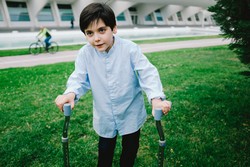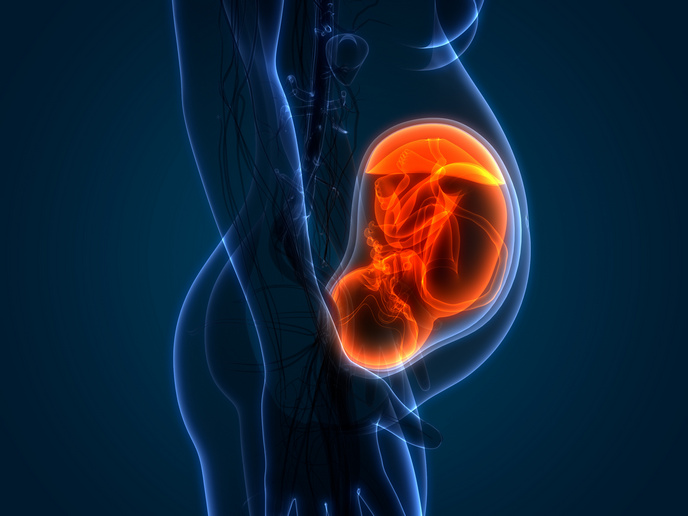Biomarkers for cerebral palsy
CP is caused by a non-progressive lesion of the developing foetal or infant brain, and children face lifelong sensorimotor deficits that require continuous support. At these early stages of development, the brain is still highly plastic and permits deviations from the pre-programmed pathway of brain organisation. This re-wiring constrains the maximal functional potential that can theoretically be reached, necessitating a deep understanding of the alterations in the pattern and extent of neuronal connections in the sensorimotor system. Magnetic resonance imaging (MRI) is routinely used for CP diagnosis but existing classification schemes that link lesion location with extent of sensorimotor deficits have only limited predictive power. The EU-funded SEMORE-CP (Identifying structural and functional biomarkers of the brain indicating sensorimotor recovery in cerebral palsy) project wished to provide treatment tailored to children based on the type of brain damage. In this context, they worked to identify neural biomarkers predicting sensorimotor dysfunction in children and adolescents with unilateral CP. Biomarkers of the sensorimotor network were investigated based on structural and functional connectivity analyses. In particular, researchers employed the occurrence of mirror movements in children with unilateral CP as a biomarker in conjunction with the underlying brain lesion type and upper limb functional outcome. To quantitatively assess mirror movements, scientists developed a grip force tracking device, the GriFT device, which was tested in over 170 children with CP. Furthermore, they correlated mirror movement frequency with sensorimotor wiring pattern using transcranial magnetic stimulation or MRI in children or adolescents with unilateral CP. This approach essentially records whether a muscle response in the paretic hand can be elicited from the lesioned or non-lesioned brain hemisphere following stimulation. Results clearly showed that mirror movements in the paretic hand were related to the underlying brain lesion, facilitating patient categorisation into different groups. Overall, the identification of clinically relevant neural biomarkers that go beyond the traditional clinical assessments provides a means of tailoring sensorimotor rehabilitation to the needs of individuals with CP.







